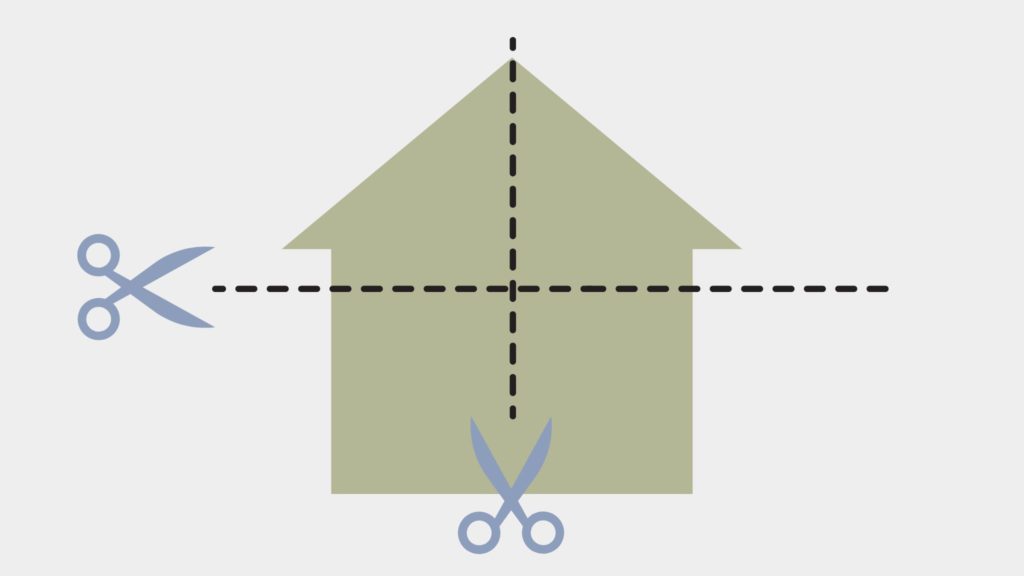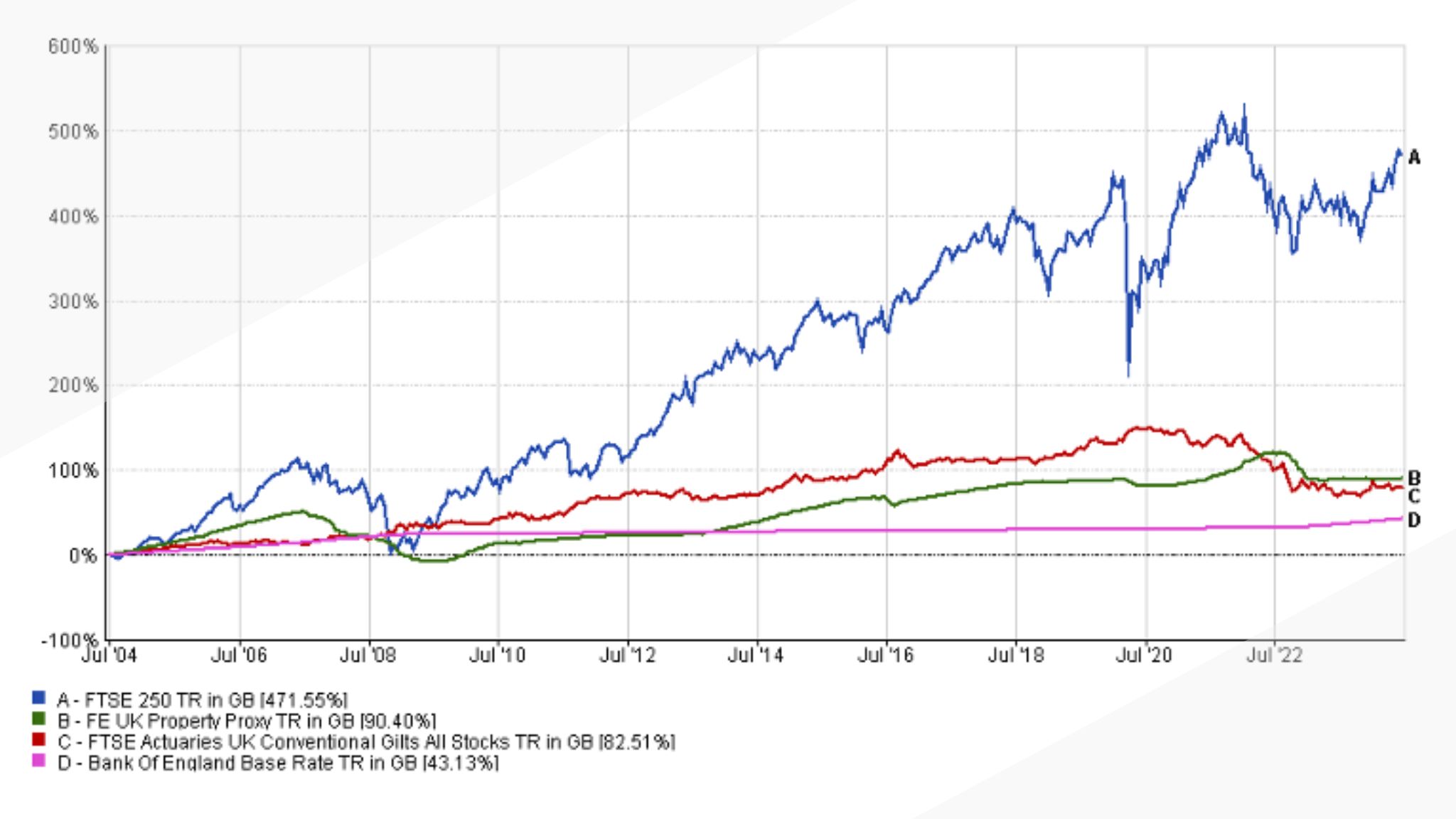Why now is the time to assess your property portfolio
What’s covered in this resource
Jump to:
‘As safe as houses’: The property boom that started it all
This time it’s personal: is property a good investment… for you?
Things to think about when considering property investment
……..– Costs | Access | Tax | Risk | Overall Performance | Hassle Factor
Why balance is crucial when considering where to invest
Next steps: planning a balanced portfolio that works for you
‘As safe as houses’: The property boom that started it all
 We’ve all heard of the phrase ‘as safe as houses’, but what does it actually mean?
We’ve all heard of the phrase ‘as safe as houses’, but what does it actually mean?
The saying is said to originate around the time of the railway investment bubble in the 1840s. Fifty years on from ‘Canal Mania’, ‘Railway Mania’ rose off the back of an economic resurgence.
Suddenly, a shiny new network of infrastructure transporting goods and people expanded across the country – at a time of almost no regulation. As with other bubbles throughout history, people made fortunes in the speculative frenzy.
When the inevitable crash happened, many people were left ruined. Those investors that hadn’t lost everything looked for a safer, more traditional market to invest in, where gains were seen as slow but steady. That’s right: it was time to invest in property.
It’s not hard to see why: everyone needs somewhere to live; most businesses need somewhere to operate from. Furthermore, property is ‘tangible’ – a physical investment that you can actually see and touch. It has inherent utility, and produces a regular income.
Hence ‘as safe as houses’. But that was then, and this is now. Is it still a principle we should follow 180 years later when deciding how to make our hard-earned money work hard for us?
This time it’s personal: is property a good investment… for you?
 In the UK (amongst other places), we are said by some to be experiencing a property market ‘bubble within a bubble’. Property prices have increased significantly over the last 20 years, and that’s on top of a booming upward trend over the last 40 years.
In the UK (amongst other places), we are said by some to be experiencing a property market ‘bubble within a bubble’. Property prices have increased significantly over the last 20 years, and that’s on top of a booming upward trend over the last 40 years.
Are we at the end of the good times? Does the saying ‘as safe as houses’ still ring true?
Property certainly has its place for investors. If nothing else, most investors will have their own home, which even taking into account any outstanding mortgage, will be their largest individual asset.
Some will own business premises too, and will be well-versed in the pros and cons of asset management. Many will be feeling the pinch as they work to make their business successful whilst paying a mortgage – but do so in pursuit of a double payday at the end, as they sell both the paid-off property, and the business itself.
The benefits are tempting, and well-understood. So should we be looking at adding more property to our investment portfolio? To help answer this question, we need to compare:
The disadvantages of holding property as an investment…
…with the alternative: holding a standard diversified portfolio of stocks and shares.
Things to think about when considering property investment
Costs
There are many different costs when it comes to investing in property and they are much higher than with a standard stocks & shares portfolio. For example: with a stocks and shares portfolio you do not have to pay:
- Mortgage costs – you will be well aware of the interest rate increases over the last couple of years and the significantly greater costs this poses to landlords as their fixed rate mortgage deals end
- Legal fees when both buying and selling
- Surveyors’ costs
- Estate agent fees
- Renovations and ongoing maintenance
- Insurance
- Management agency fees
- Service charges if you are a leaseholder
- Void periods – this is where there are gaps between tenants or your tenants cannot afford to pay

You can’t sell bits of a house…
Access
If you need to take, say, £30,000 out of your investment portfolio to buy a new car, the money will be in your account within a few weeks and the rest of your portfolio will continue to be invested. You cannot sell a portion of your property in the same way – and if you did sell, it would be a long time until your funds were released. You would have to look to release funds via a mortgage.
Tax
Residential property is not as tax-efficient as stocks and shares, which you can leverage via options like ISAs or pensions. There are also other tax burdens on property that are higher than on stocks and shares:
- You have to pay significantly more stamp duty (3%-15%, which is 3% above normal rates) than you do when buying shares (0.5%)
- Rental income will be taxed at your normal income tax rates (as opposed to dividend tax rates, which are lower) and you have no additional investment allowances to use like your personal savings or dividend allowances
- You can only offset some of the mortgage interest costs to reduce your tax bill
- When you come to sell, you will have to pay Capital Gains Tax at 18% or even 24%. This compares to 10% and 20% on stocks and shares you hold outside of ISAs and pensions
Risk
You typically need to spend a lot of money when buying a property – not just in terms of the high associated costs, but also in terms of the deposit (or the full value, if you are a cash buyer).
All of this money goes into buying just one asset and you are effectively putting a lot of eggs in one basket. If something happens to the property (think cladding), the area (perhaps it becomes a flood risk) or the property market in general, your one asset could be significantly impacted.
 In contrast, when you invest in a stocks and shares portfolio you are typically becoming an owner in thousands of companies, in different sectors, across the world. That diversification significantly lowers the risk of your investment. To have a truly diversified property portfolio requires a lot more capital than a diversified stocks and shares portfolio.
In contrast, when you invest in a stocks and shares portfolio you are typically becoming an owner in thousands of companies, in different sectors, across the world. That diversification significantly lowers the risk of your investment. To have a truly diversified property portfolio requires a lot more capital than a diversified stocks and shares portfolio.
Remember that if you are using a mortgage to buy a property, your risk increases because you are borrowing money. This can increase your potential returns but can also magnify your losses. If you ended up having to sell when in negative equity, you will lose more than your initial deposit as you will also still owe the bank for the outstanding mortgage. This could even lead to bankruptcy depending on your other assets.
Most people wouldn’t even consider borrowing money from a bank to invest a highly diversified and lower-risk stocks and shares portfolio as they view it as too risky and the banks would not lend to you. Why then are people happy to borrow hundreds of thousands of pounds to invest in one asset?
Other risks include changes to legislation – think potential No Fault Evictions and Energy Efficiency legislation – and what a new government may look to bring in around this.
Overall Performance
With current interest rates and very high costs and taxes, we are currently seeing a number of people facing negative net yields on their property investments. In other words: they are losing money every year, before we even consider the property’s value.
If we compare house prices to stock market performance, typically the stock market will outperform property values over most longer-term timeframes, with less risk, before we even take into account ongoing costs and tax.
Most people who invest in property can only beat the stock market if they leverage their investment (i.e. borrow via mortgages). If you could mirror similar borrowing when it comes to investing in stocks and shares, the returns would have far exceeded those you would have made by investing in property over the longer-term.

Image above: How the stock market has performed (blue), versus property (green), Gilts (government bonds, red) and cash (pink) over the last 20 years. Source: FE Analytics
Hassle Factor
You lead a busy life. Do you really want the hassle of having to give up your weekend trying to sort out issues for your tenants, like a broken boiler?
When deciding how and where to invest, balance is crucial
We talk to people every day that are successful at what they specialise in. They are very hard-working and rightly focus on running their business. They have, over the years, followed the old adages by investing the fruits of their labour into building property portfolios. We see clients with property portfolios ranging from anywhere between 1 and 80 buy-to-lets.
We have the luxury of taking a completely objective viewpoint, looking from the outside in at our clients’ situations. Whatever our specific recommendations are, they always centre around one key theme – getting the right balance to achieve your life goals, dreams and ambitions.
If we look at net worth as a table that our aims and goals sit on, we want that table to have equal size legs and to be as stable as possible, to avoid our aims and goals falling off. The legs are the various types of investments that make up our overall portfolio – with property being one of those. If the legs are mismatched it is going to create instability and put our aims and goals in jeopardy.
If you had no property today, but your existing net wealth – would you take that net wealth and put it all into property? Give the above factors we’ve discussed, chances are the answer would be ‘no’. To mix metaphors, we now view property as being ‘as safe as eggs… and don’t put all your houses in one basket!’.
What should I do next?
In order to be objective investors we have to look at how we would structure our investment portfolio from scratch today, assuming we had our entire net worth in ready funds.

Take everything into account to work out your net yields and ultimately profit. Can you be doing better in a globally diversified, tax-efficient, stocks and shares portfolio?

Assess how much of your net worth that property currently makes up. Are you over-egging one basket?

Be ruthless – identify the properties that are detracting from your financial future, not adding to it

Most importantly, take action – speak to a specialist financial planner to come up with a disposal and diversification strategy that lets you focus on living your life and remove the property albatross from around your neck
Montgomery Charles are an independent financial planning company with nearly three decades of specialist experience and scores of satisfied customers.
We are on hand to help you on your journey, and the best place to start is a 30-minute initial consultation. It’s complimentary, and we’ll offer an honest assessment of whether we can help – if we can’t, we’ll say so.




